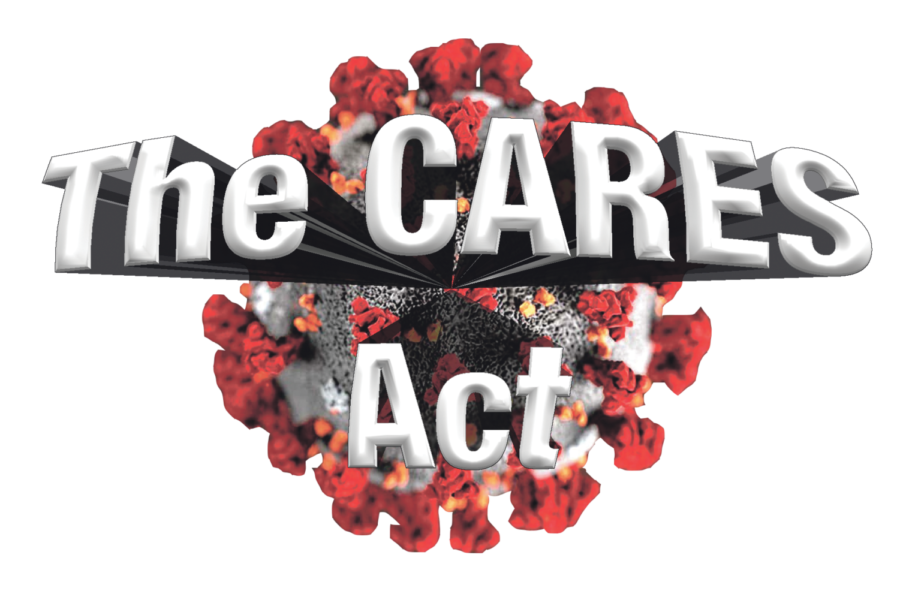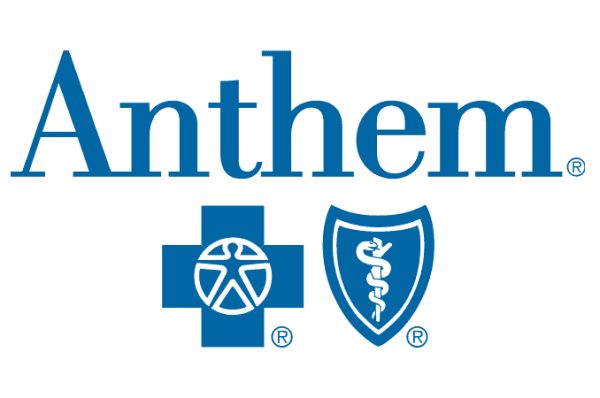What is the CARES Act?
Illustration by Quinten Sargent
What is the CARES Act?
COVID-19 hit the world with a heavy hammer, causing a world-wide pandemic leaving it forever changed.
Due to stay-at-home orders, many Americans were out of work with jobs and businesses lost. Schools shut down, leaving many college students with money spent on school that wasn’t happening.
The government decided to make up for this loss in a big way. That is with the CARES Act.
The Coronavirus Aid, Relief, and Economic Security Act, CARES Act, came into effect to compensate for the impact of COVID-19. The act was passed by Congress and signed by President Trump on March 27.
The Act was a substituted amendment to an unrelated bill from 2019, the Middle Class Health Benefits Tax Repeal Act. Senate Majority leader Mitch McConnell brought the bill up to use as a “shell” in creating the CARES Act. Though an amendment, the CARES Act replaced the original bill entirely with none of the same language being used within it.
The CARES Act issued a historic $2.2 trillion to create economic help to Americans who had been impacted by the pandemic. The legislation is the largest stimulus package in U.S. history. In comparison, the bill is larger than the stimulus act passed in 2009 in response to the Great Recession. The 2009 stimulus act was $831 billion.
The first phase of the act issued $8.3 billion to go towards coronavirus research in developing a vaccine. The second phase issued $104 billion to help employees with sick leave due to the virus and broadening unemployment benefits.
The third phase saw an even further extension of unemployment benefits, including insurance for self-employed workers. They received $600 per week in federal benefits up to four months. It would also provide $208 billion in loans to major industries such as airlines and hotels.
The act provided help to American families, students and businesses during the unpredictable time.
American households whose income was less than $99,000 were eligible to receive $1,200 per adult and $500 per child under 17 years old. The requirement also included $3,400 to be rewarded for a family of four.
The CARES Act created The Paycheck Protection Program to help small businesses. With the support of the Department of the Treasury, the Small Business Administration was able to apply this program. With the third phase of the CARES Act, $350 billion was issued for the Paycheck Protection Program to forgive small businesses of their loans. Small businesses are provided with enough funds to pay eight weeks of payroll costs.
The funds can be used to pay certain costs including mortgages, rent, and utilities.
School and Universities were also compensated under the CARES Act.
The Education Stabilization Fund isued $30 billion to support states, k-12 schools, and higher education. Governors of each state received approximately $3 billion in which they decided to use for k-12 schools or high education institutions. The component that provided funds for higher education institutions which was created through the CARES Act called the Higher Education Emergency Relief, HEERF, fund.
Missouri Southern applied for $4,756,273, which was approved. Fifty percent of the funds were used as an emergency grant to students. This was to help with costs related to the cancellation of school during last semester. Students were paid $650, plus an extra $85 to exhaust the funds, to make up for costs including food, housing, course materials, technology, health care, and childcare.
There were certain requirements needed to be eligible for the funds exerted by Southern, students were not enrolled in an online program before March 13, 2020, if student experienced a disruption with campus operations due to the coronavirus, and lastly if student is eligible for federal students aid.
Your donation will support the student journalists of Missouri Southern State University. Your contribution will allow us to purchase equipment and cover our annual website hosting costs.




















